How Spoiling the Ending Improves UX
Storytelling is about the unknown becoming known. But designers aren’t storytellers, and the destinations they design should always be clear to the user. By inserting small spoilers into our UI designs, and spoiling the surprise, we design for much improved user experiences.

Designers Aren’t Story-Tellers
Numerous designers have referred to themselves as story-tellers, but this is simply a kitsch way of referring to communication. To tell a story, we have to foster the unknown in preparation for a big reveal, and the major obstacle to this approach is that web experiences—and I would argue most encounters with design—are non-linear and open-ended. Design is in fact far closer to poetry. Poetry typically exists in bite-sized chunks, and in which themes are explored that are open to interpretation. Far from constructing a story, a designer’s job is to clarify as unintrusively as possible.Using Spoilers in Microinteractions
What’s the most engaging element in Jaws? Is it Brody arguing with the mayor? Is it Quint telling the story of the Indianapolis? Is it Hooper’s affair with Ellen Brody (yes really, read the book!)? No. It’s the music. As soon as that shark starts playing the cello we know it’s coming, its arrival is literally heralded. [Incidentally, Jaws is an interesting example of a film in which both a stranger (the shark) comes to town, and then a man goes on a journey (to sea).] We can create engagement in design by continually dropping spoilers, hinting at what’s coming, with cello music of our own. To do so, we use microinteractions—simple UI components, featuring a trigger and feedback. The feedback portion of the microinteraction is the place to insert your spoiler. It works by previewing data that would, in a linear experience, be introduced at a later stage. The key is to bring data forward.Thumbnails
Let’s start with something familiar: the classic example of bringing information forward is the thumbnail. A thumbnail is a preview of a larger element, a visual guide to what to expect on the other end of a link. Jacky Winter is a talent agency for artists, illustrators, and animators. With a diverse range of talent, the best way to browse work is with traditional thumbnails.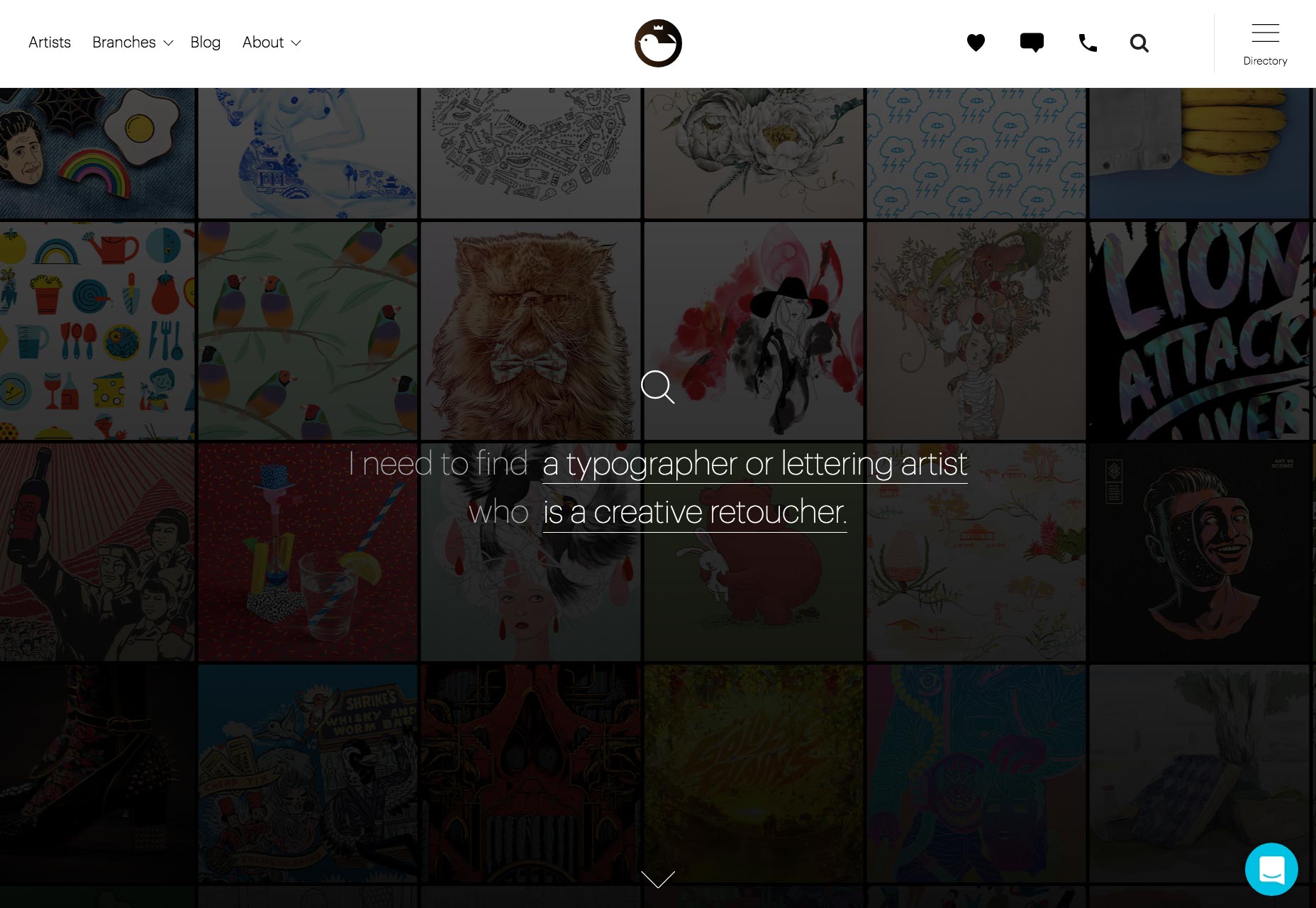 Thumbnails don’t have to be traditional. Alexandre Nacache is an art director and interactive designer whose site uses previews of project elements, rather than reproductions of a design in miniature.
Thumbnails don’t have to be traditional. Alexandre Nacache is an art director and interactive designer whose site uses previews of project elements, rather than reproductions of a design in miniature.
 Bao is a Taiwanese restaurant with three locations in London. Their location illustrations act like thumbnails, suggesting not just a look for the restaurant, but a possible experience.
Bao is a Taiwanese restaurant with three locations in London. Their location illustrations act like thumbnails, suggesting not just a look for the restaurant, but a possible experience.
 A Day Out is a Glasgow-based design studio. The thumbnails on their site form a major component of the art direction and establishes their own brand aesthetic.
A Day Out is a Glasgow-based design studio. The thumbnails on their site form a major component of the art direction and establishes their own brand aesthetic.

The 5 Minute Read
Back in the day, the only way to know how long reading an article like this would take, was to check the time, read the article, and check the time again. Based on its uptake, one of the most successful UI elements of recent years is the helpful little indicator that tells us how long an article will take to read. Popularised by sites like Medium, there’s no eye tracking involved, or reading speed calculated, the “5 minute read” estimate is based on word count—125 words is expected to be read in 30 seconds or thereabouts. But even this grossly generalized data is sufficient to allow users to make informed decisions about their commitment to a site, article, or product. The monotone of Australian Design Radio is broken only by the contrasting red used for hover states. The only element that employs the red without interaction? The playhead that features position, and total length.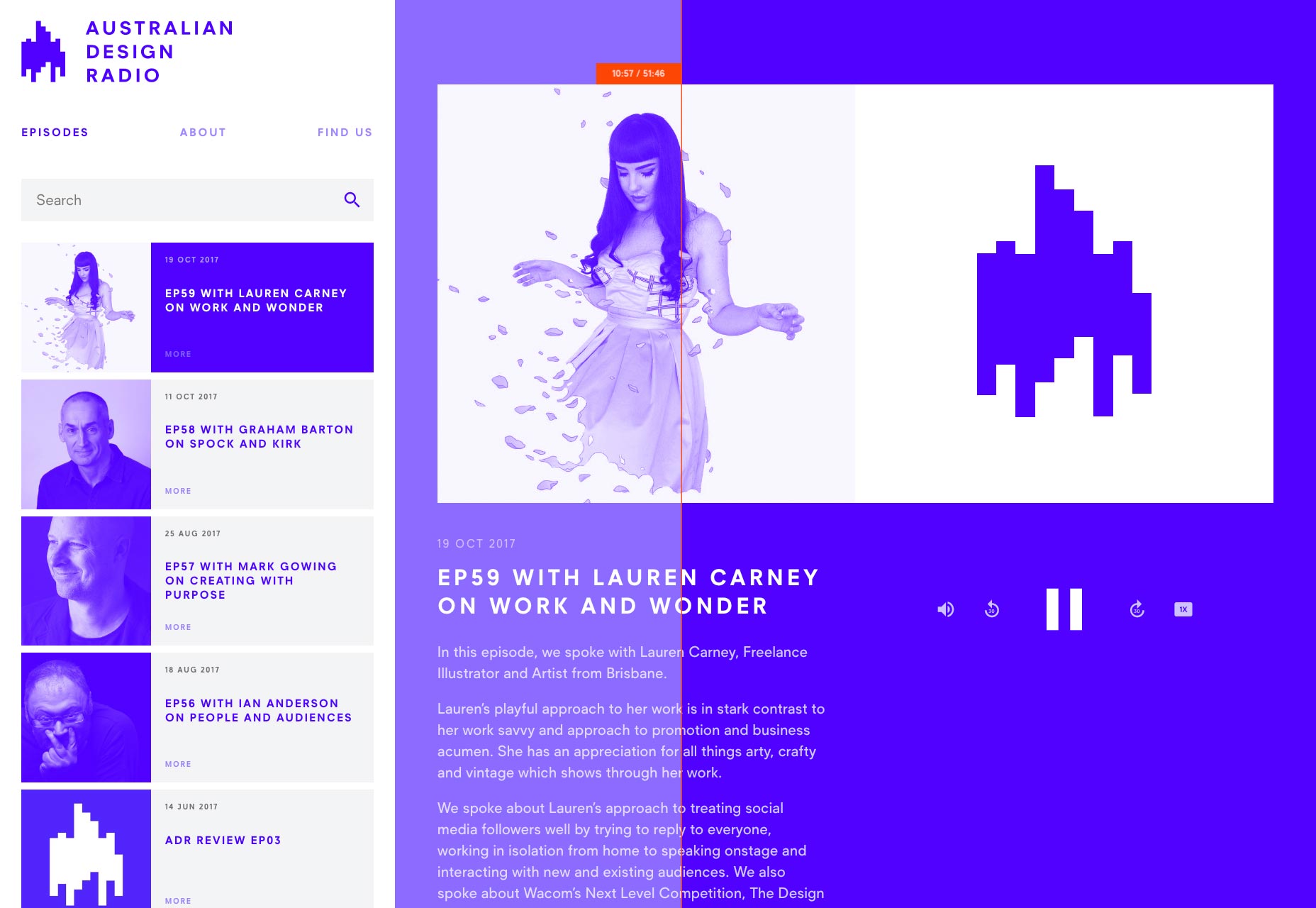 Sequoia is a California-based venture capital firm. Profiles of tech companies occupies their landing page. Each profile features a numbered position, and the slider’s animated timer draws your attention to exactly where you are in the process.
Sequoia is a California-based venture capital firm. Profiles of tech companies occupies their landing page. Each profile features a numbered position, and the slider’s animated timer draws your attention to exactly where you are in the process.
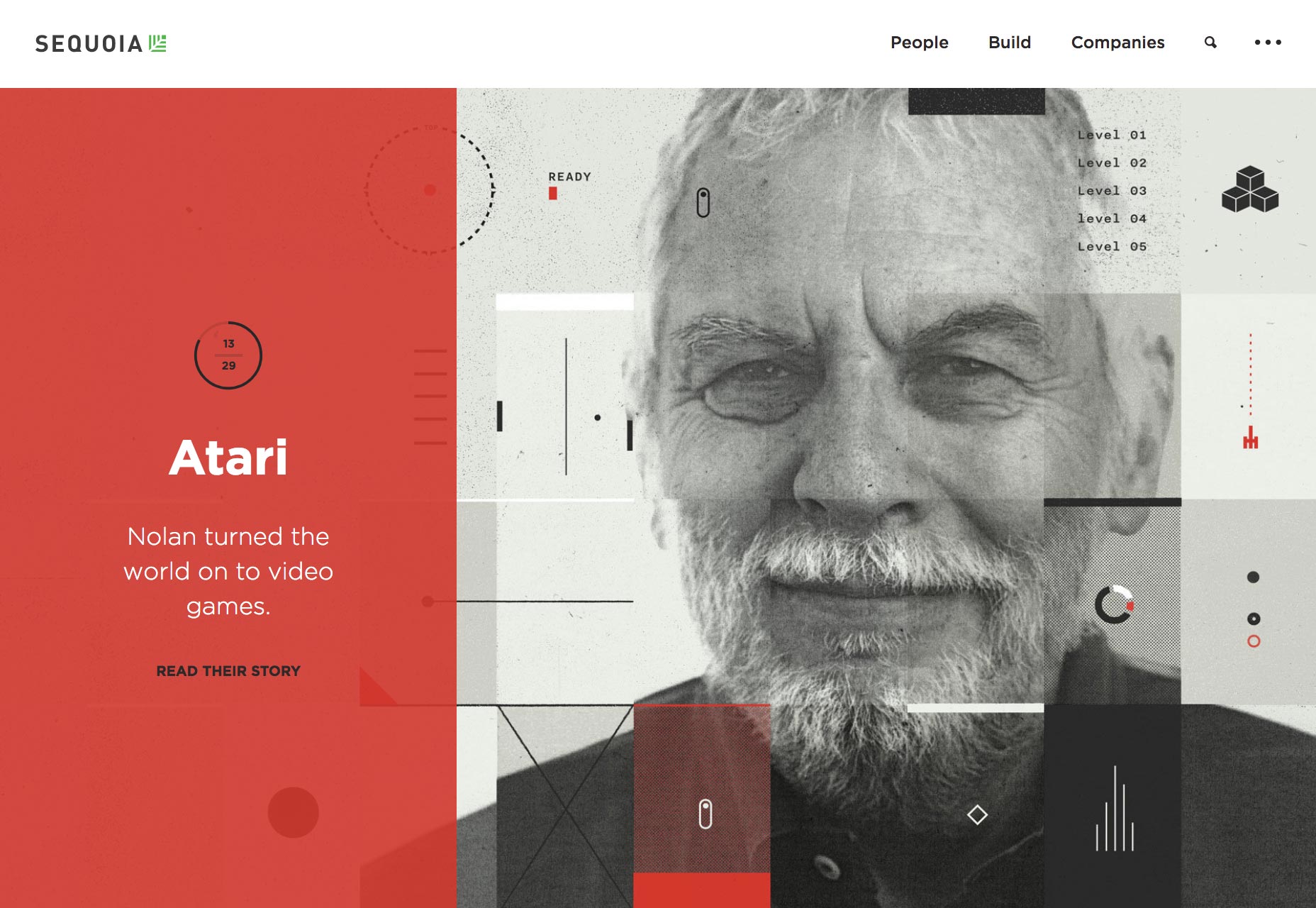 Vimeo features some of the best videos on the web. They could have displayed any information they wished—producer, subject, title—when hovering over their thumbnails. They chose duration.
Vimeo features some of the best videos on the web. They could have displayed any information they wished—producer, subject, title—when hovering over their thumbnails. They chose duration.
 Cinelli is Italy’s coolest bike brand. Their product slider features numbered ‘next’ and ‘previous’ buttons. Arrows alone would be enough to convey meaning, but the designers brought data forward with a simple addition to the buttons.
Cinelli is Italy’s coolest bike brand. Their product slider features numbered ‘next’ and ‘previous’ buttons. Arrows alone would be enough to convey meaning, but the designers brought data forward with a simple addition to the buttons.

Qualifying Data
One of the simplest ways of enhancing an interface, is to qualify data with a meaningful context. The key to this is not deliver too much information, just a simple summary that can be read at a glance. Help Scout is a customer service SaaS. Their dashboard displays key metrics like total conversations, which would be meaningless without the addition of an arrow and a percentage indicating whether that’s an improvement, or a setback. Booking a ticket from Lyon to Bordeaux is made simpler when Trainline displays a bar beneath the journey time, to give a visual indication of both duration, and the number of changes.
Booking a ticket from Lyon to Bordeaux is made simpler when Trainline displays a bar beneath the journey time, to give a visual indication of both duration, and the number of changes.
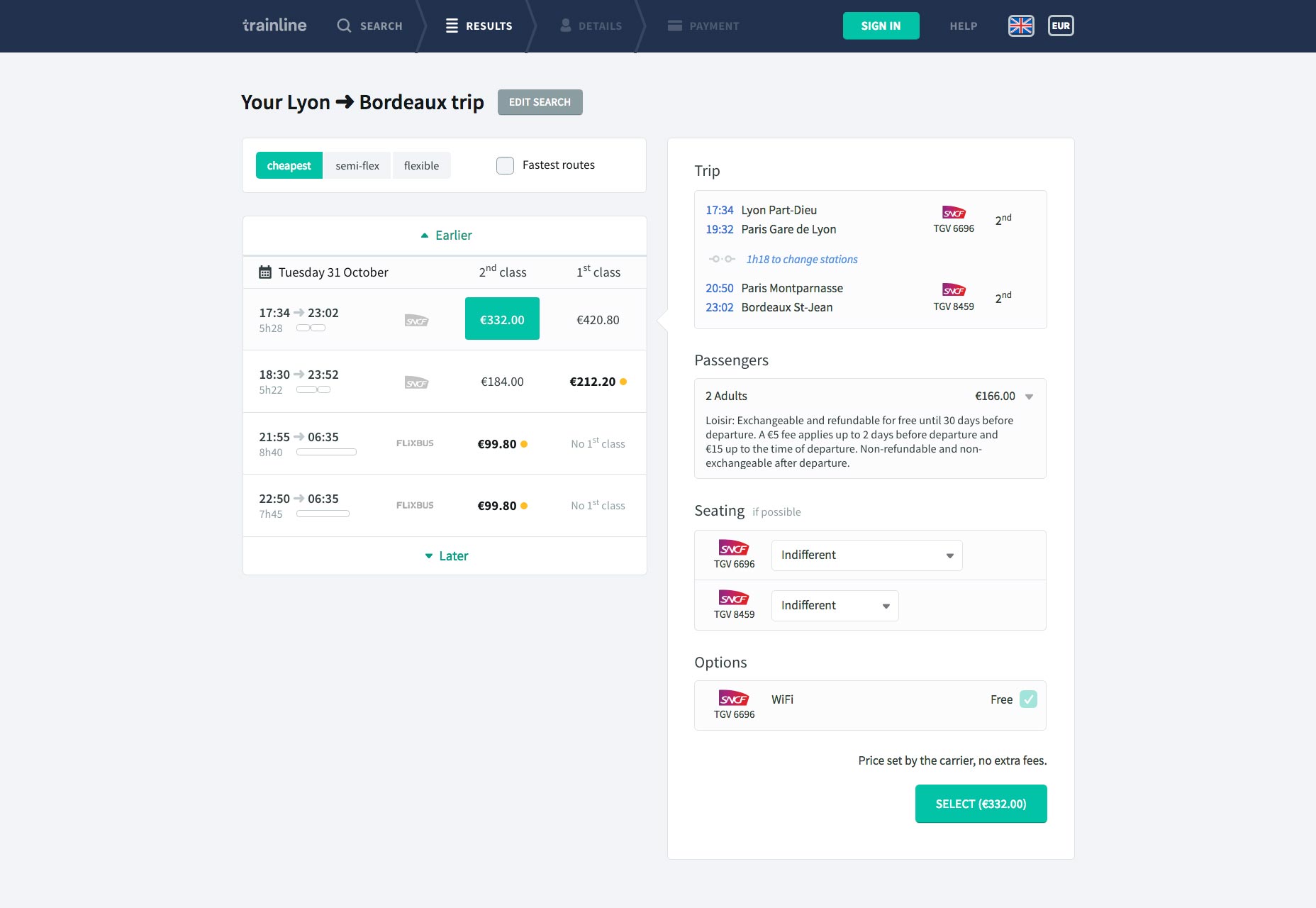
Maps and Reassurance
When we anticipate journeys, especially a journey into the unknown, we often demystify the experience with a map. In the real world, a map is very much like a thumbnail of a destination. In user interface design, the maps we use clarify information architecture. Labels are one of the most complex areas of information architecture because they tend towards jargon, often company-exclusive jargon. Adding jargon-free microcopy previews the destination for users, and helps them find their way to the right information. Lattice is a performance management SaaS, but their products are very company-centric. They solve this problem by signalling the key feature of each product in their menu. Thriva helps you track your health with blood tests you can take at home. They have three levels of product that are clearly explained in their menu.
Thriva helps you track your health with blood tests you can take at home. They have three levels of product that are clearly explained in their menu.
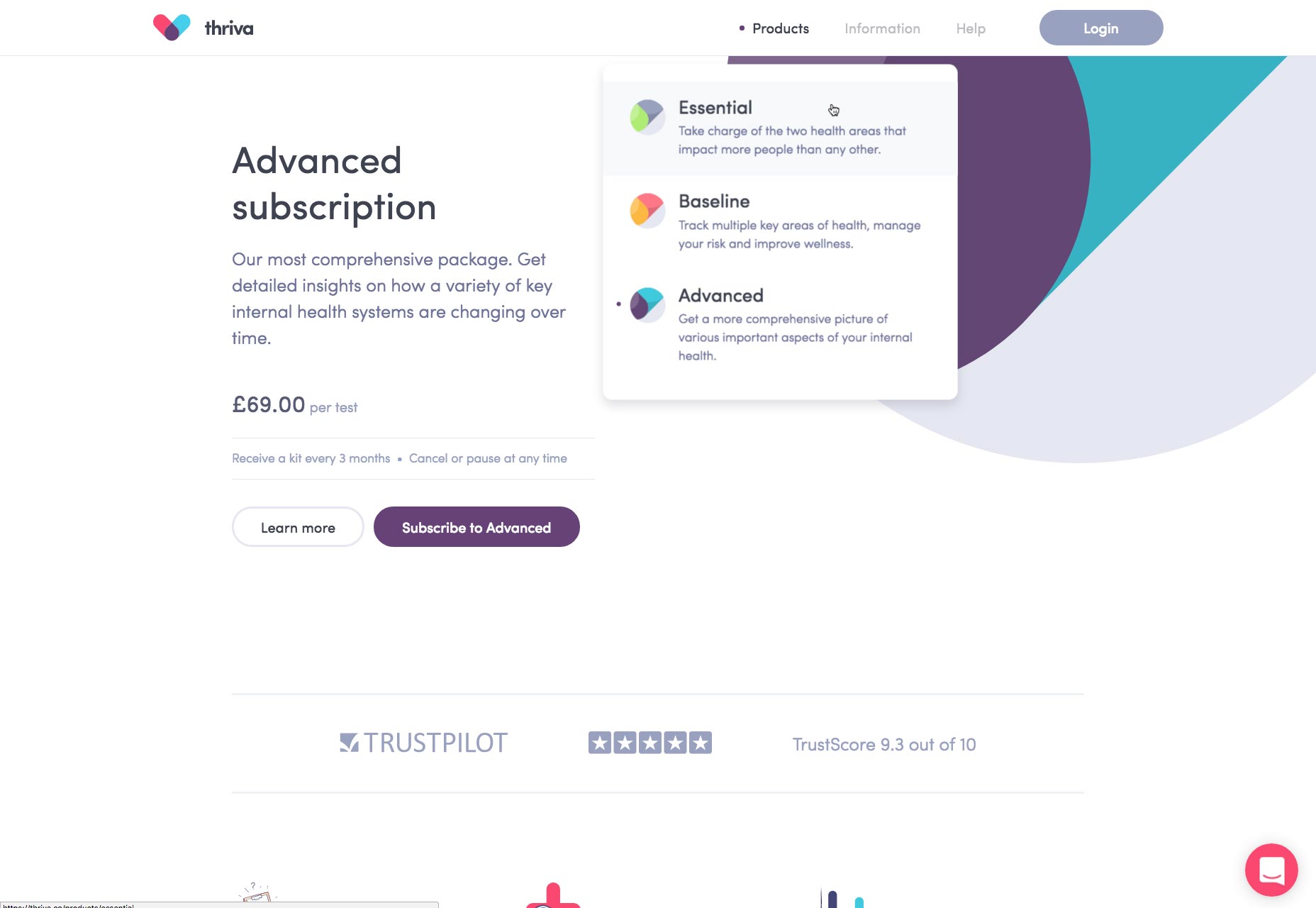 Financial transactions are technically complex. Plaid offers a variety of API products for developers. Their menu not only explains the key feature of each product, but previews two potential solutions based on product combinations.
Financial transactions are technically complex. Plaid offers a variety of API products for developers. Their menu not only explains the key feature of each product, but previews two potential solutions based on product combinations.
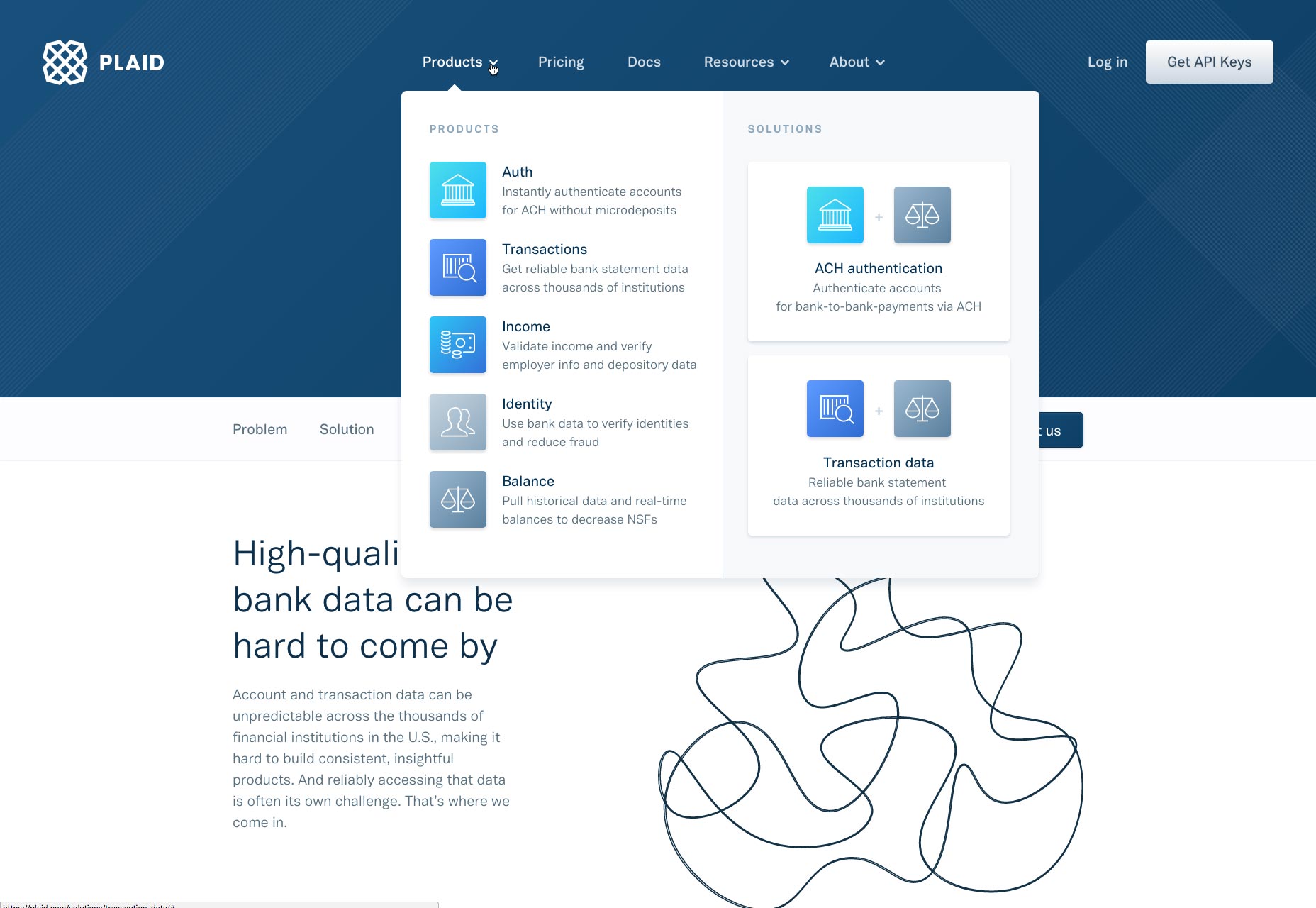
The Key to Effective UI Design Is Spoilers
Telling stories is the antithesis of effective design, because stories by their nature, pander to the unknown elements in an experience. Design, by contrast, seeks to eliminate the unknown by clarifying. When we bring data forward in a design, we typically do so in a simple fashion. A single piece of well selected data can clarify an entire process. Microinteractions are the ideal way to insert these ‘spoilers’, which empower users to create their own experience, whilst always knowing precisely where they are within the wider context. By revealing more than a linear story would, we engage users far more effectively, and design experiences that are robust, and enjoyable to use.Ben Moss
Ben Moss has designed and coded work for award-winning startups, and global names including IBM, UBS, and the FBI. When he’s not in front of a screen he’s probably out trail-running.
Read Next
3 Essential Design Trends, November 2024
Touchable texture, distinct grids, and two-column designs are some of the most trending website design elements of…
20 Best New Websites, October 2024
Something we’re seeing more and more of is the ‘customizable’ site. Most often, this means a button to swap between…
Exciting New Tools for Designers, October 2024
We’ve got goodies for designers, developers, SEO-ers, content managers, and those of you who wear multiple hats. And,…
15 Best New Fonts, September 2024
Welcome to our roundup of the best new fonts we’ve found on the web in the previous four weeks. In this month’s edition…
By Simon Sterne
3 Essential Design Trends, October 2024
This article is brought to you by Constantino, a renowned company offering premium and affordable website design
You…
A Beginner’s Guide to Using BlueSky for Business Success
In today’s fast-paced digital world, businesses are always on the lookout for new ways to connect with their audience.…
By Louise North
The Importance of Title Tags: Tips and Tricks to Optimize for SEO
When it comes to on-page SEO, there’s one element that plays a pivotal role in both search engine rankings and user…
By Simon Sterne
20 Best New Websites, September 2024
We have a mixed bag for you with both minimalist and maximalist designs, and single pagers alongside much bigger, but…
Exciting New Tools for Designers, September 2024
This time around we are aiming to simplify life, with some light and fast analytics, an all-in-one productivity…
3 Essential Design Trends, September 2024
September's web design trends have a fun, fall feeling ... and we love it. See what's trending in website design this…
Crafting Personalized Experiences with AI
Picture this: You open Netflix, and it’s like the platform just knows what you’re in the mood for. Or maybe you’re…
By Simon Sterne
15 Best New Fonts, August 2024
Welcome to August’s roundup of the best fonts we’ve found over the last few weeks. 2024’s trend for flowing curves and…
By Ben Moss















